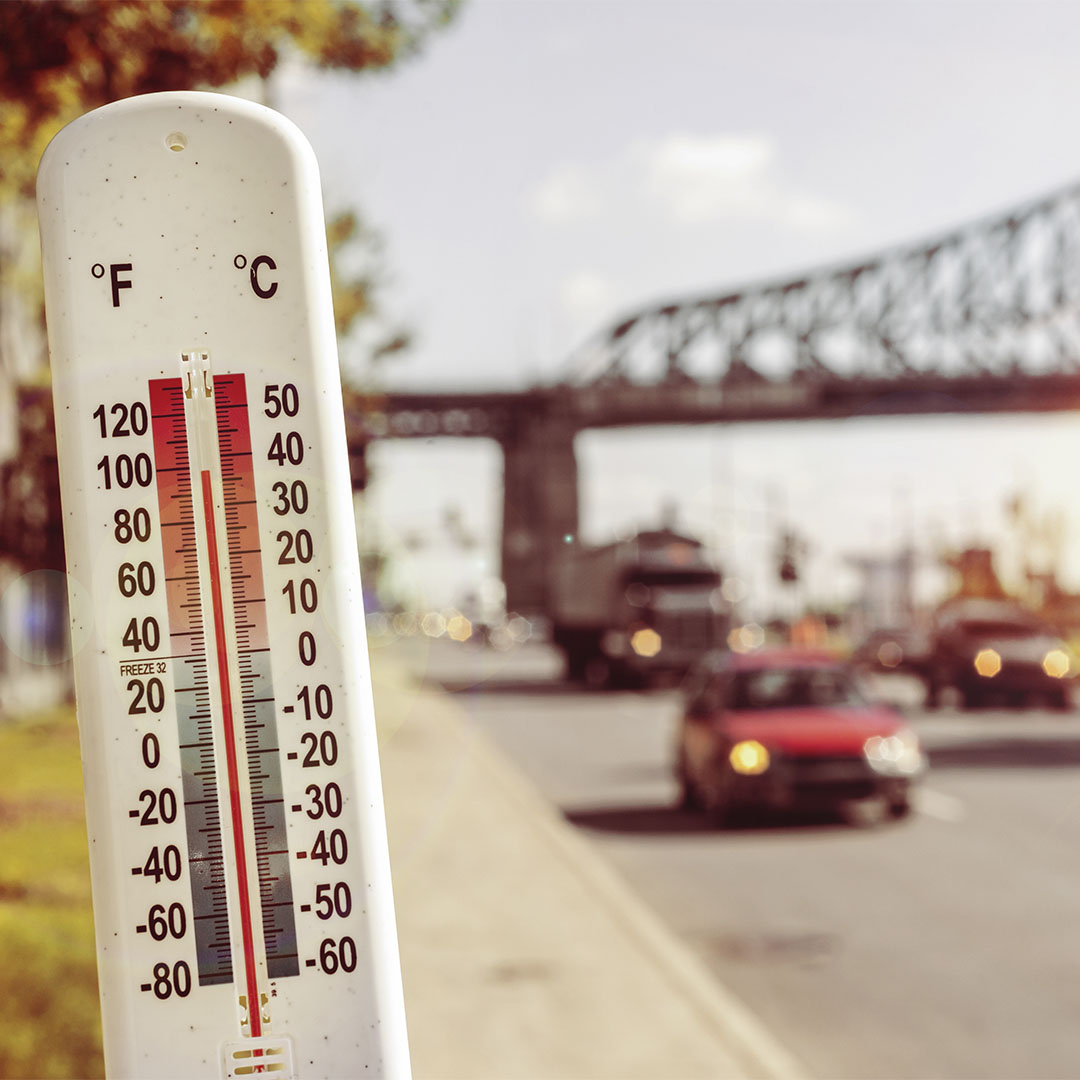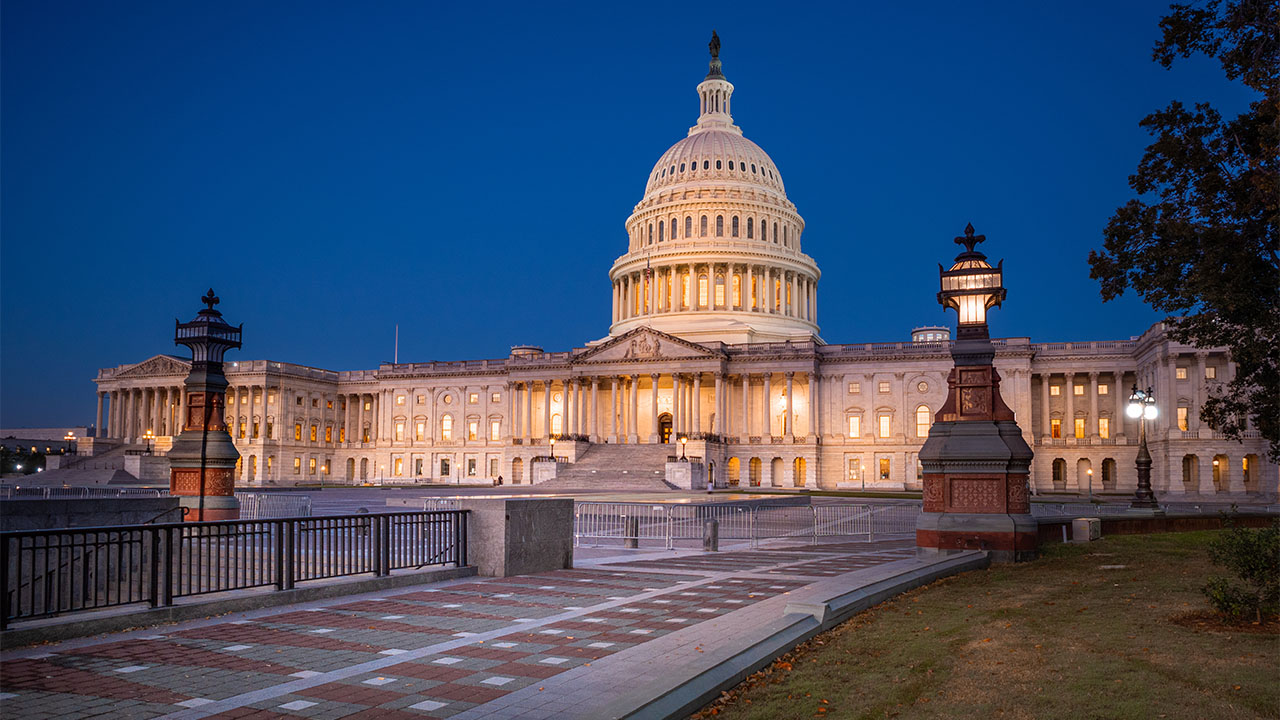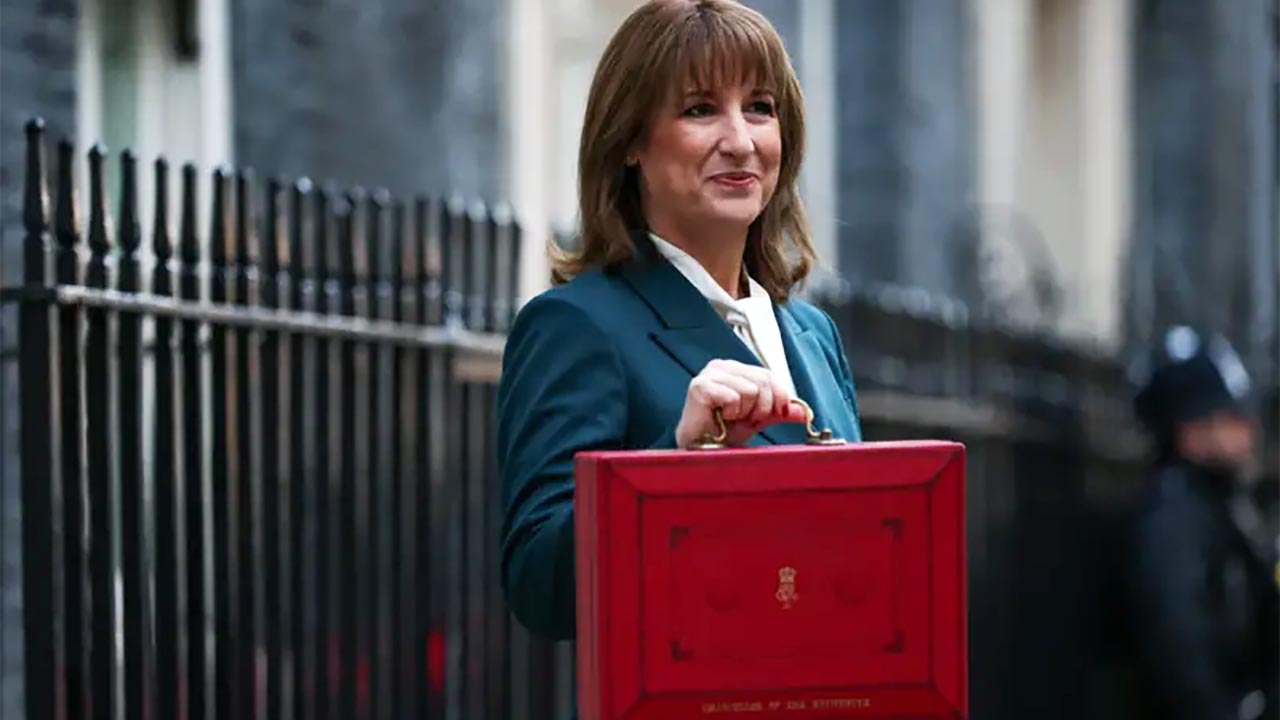U.S. news reports detailed the shocking impact the hot weather was having in Britain this week – when a single day of high temperatures lead to trains being cancelled, offices closing, and the startling revelation that male politicians were afforded the luxury of removing their jackets in Westminster.
Oh, the sweat-stained humanity!
The heatwave is now also in full effect across America too with the temperature across the states having been stuck in triple figures for a week now. Leaders in New York, Oklahoma City and Austin, Texas all issued ‘stay at home’ advisories, opened public buildings to anyone who needed to cool off and turned on splash pads, fountains and water sprayers in city parks to let folks escape the blazing heat.
In Oklahoma, where temperatures remain at 100 degrees in much of the state, the extreme heat and drought have led to wildfires and rural water system outages, according to an Oklahoma Department of Emergency Management spokesperson. And don’t imagine living at the coast is any relief – New York Governor Kathy Hochul ordered additional shark monitoring off Long Island, where sharks injured three people this month.
As longer stretches of excessive heat have become ever more common, some US local governments have hired CHO’s – chief heat officers – to help navigate the response.
But while male legislators in Britain may loosen their ties and unbutton their suits to combat the soaring temperatures, typically in America, we turn the air conditioning up, or down, I’m not sure which, when the temperature rises.
While this brings near instantaneous relief to the heat, and the sapping humidity, it isn’t without cost.
When more than 110million people across the South all flick the a/c on at the same time, it leads to a huge surge in energy consumption. The Electric Reliability Council of Texas, which operates about 90% of Texas’ power grid, set a one-day record for power demand Tuesday, and another record was expected Wednesday, an ERCOT spokesperson said.
Sudden surges in energy demand often overwhelm already stretched electricity grids and blackouts are common. Last year’s California blackout which left residents without power for up to two weeks, was estimated to have cost the Californian economy more than $10billion in lost revenues, recovery costs and inventory issues.
As Brits and Europeans struggle with more frequent wild weather and climate change, it is predicted that more and more people across the globe will follow America’s lead and install cooling air conditioning systems.
In fact, the US Department of Energy forecasts that by the end of the century higher air conditioning use could increase residential energy consumption by 83% worldwide. If that energy comes from oil and gas, it could even further amplify the vicious circle of heat waves and record temperatures causing the demand in the first place.
And all this extreme weather-induced disruption and volatility is bad news for other parts of the economy too.
Agriculture is of course impacted hardest by extreme weather.
While most farmers welcome a warm sunny day, and it is true temperatures up to around 85 F to 90 F can benefit crop growth – yields fall sharply when the mercury rises further.
For US corn, soybean and cotton producers, already operating on wafer-thin margins, a recent study revealed an additional 3-degree Fahrenheit of global warming would eliminate all remaining profits from an average acre of farmland in the U.S.
And in a global marketplace that pushes prices up for all consumers. Russia’s 2010 heat wave caused a collapse in their wheat harvest which in turn raised wheat prices throughout the world.
Climate change isn’t just about hotter weather, it also leads to more flooding and hurricanes and storms.
Superstorm Sandy which battered the Atlantic coast of the US caused $70billion of damages, mainly through storm surges and flooding, for which many business and homeowners were not properly insured.
So, while the nation’s focus is on the weather, President Joe Biden – desperate to be involved in anything which demonstrates he is relevant and useful – swung into action.
To give him his dues, the first act he took upon being elected President was to re-join the Paris Agreement, a legally binding international treaty on climate change, one his predecessor had walked away from.
But his announcement this week to invest $2.3billion to tackle climate change left many wondering if it was really enough to tackle what he has described as “an existential threat to our nation and the world”
The US economy is hurting and money is tight, so much of the cash to pay for these announcements has to come from existing budgets being re-targeted.
There is some cash for offshore wind energy infrastructure off Florida’s Gulf Coast, and to ‘weather-proof’ some important infrastructure systems and create ‘climate resilience’ within our communities, but there is also $385million for air conditioning to be made available to the neediest.
In fairness, Biden had grander plans for tackling climate change but found himself hindered by the political realities of the U.S.
Sen Manchin, a Democrat member of Congress for the highly coal dependent state of West Virginia, has effectively blocked these ambitions by refusing to vote for the President’s budget plan, claiming he believes it to be ‘inflationary’ – but most analysts see it as the naked self-preservation effort it is for a politician reliant on Big Coal donations and support.
Biden’s budget plan was to ‘invest’ $500billion to halve carbon emissions by 2030 but, so far, he hasn’t been able to convince the awkward Mr Manchin or a single politically responsible member of the Republican Party to give his plan a chance.
The President can of course up the ante.
Many in his own party were urging him to take the plunge and declare climate change a Federal Emergency. A Federal Emergency would shift the bulk of climate policy to the White House, ending the congressional gridlock which surely will only worsen as the Republican’s win control of one or both houses of Congress in the November mid-term elections.
But executive actions from the President don’t have the same power as Congressional acts and can more readily be rolled back by the next Republican administration.
But does that matter? No, say many.
“While we sort out what can get through Congress, it’s time to use the full force of the executive branch to combat this crisis,” Hawaii Senator Brad Schatz (D) said in a statement. “The president has tons of authority under current law, and I’m glad that he is determined to exercise it.”
So maybe Biden will come back with a beefed-up announcement on climate in the coming weeks.
I hope so, after all what has he got to lose – his party are already planning to deselect him for the 2024 Presidential Race and any power he has will have been properly stymied in November’s ballots. He can at least be remembered as the President who saved the world.













